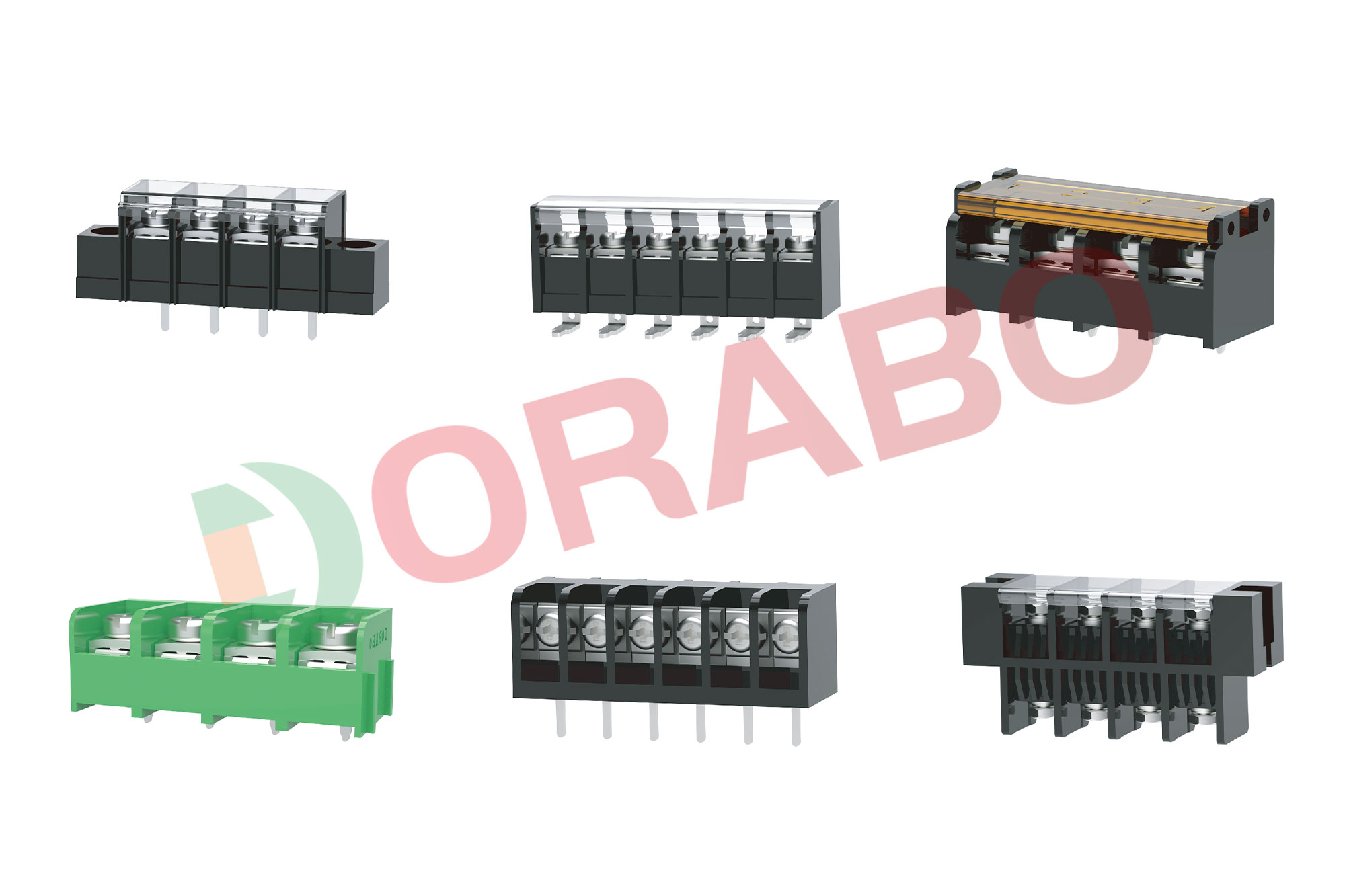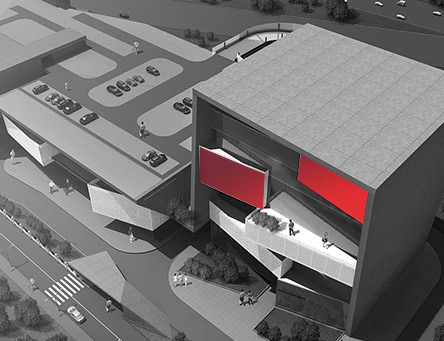Electrical Terminal Blocks are a simple, inexpensive, and useful type of connector. They are a good choice for simple circuits and have a long history of use in transportation and industrial equipment.
Terminal blocks or terminal connectors are a simple, useful, cost-effective, and often crucial component in transportation applications. You need to know a few things about these unique connectivity solutions to know if they are the right choice for your wiring design.
Terminal blocks are also called screw terminals or barrier strips. They are essentially an interchange that joins two or more wires together and distributes power throughout an application. They function as a simple but powerful connector, in many instances bringing together wires without the use of solder or other interconnects. They have long had utility in demanding applications such as fleet vehicles, automobiles, or heavy machinery, where they are often used to connect to switch panel outputs.
Terminal blocks are often used in vehicle control panels and behind vehicle dashboards. They usually handle higher levels of voltage than other types of connectors. Think of a terminal block as a hub that stores ground and power in one place.
This type of connector is not used much in electric vehicles. Busbars, in contrast, are used to transfer high current loads, such as those that might be seen in EV battery pack applications. There is some momentum for using connectors in electric vehicle charging stations.





















 Contact us
Contact us Language
Language


